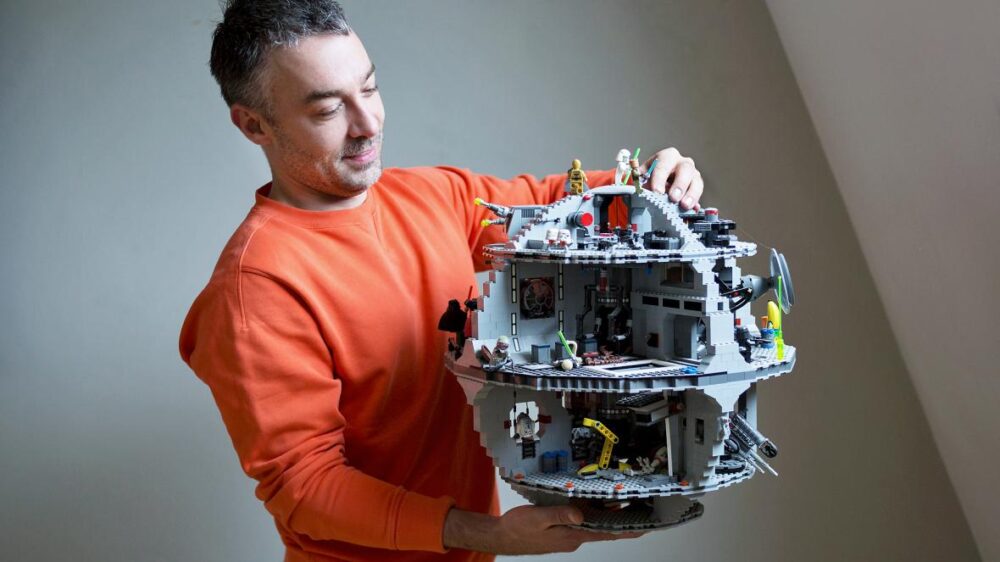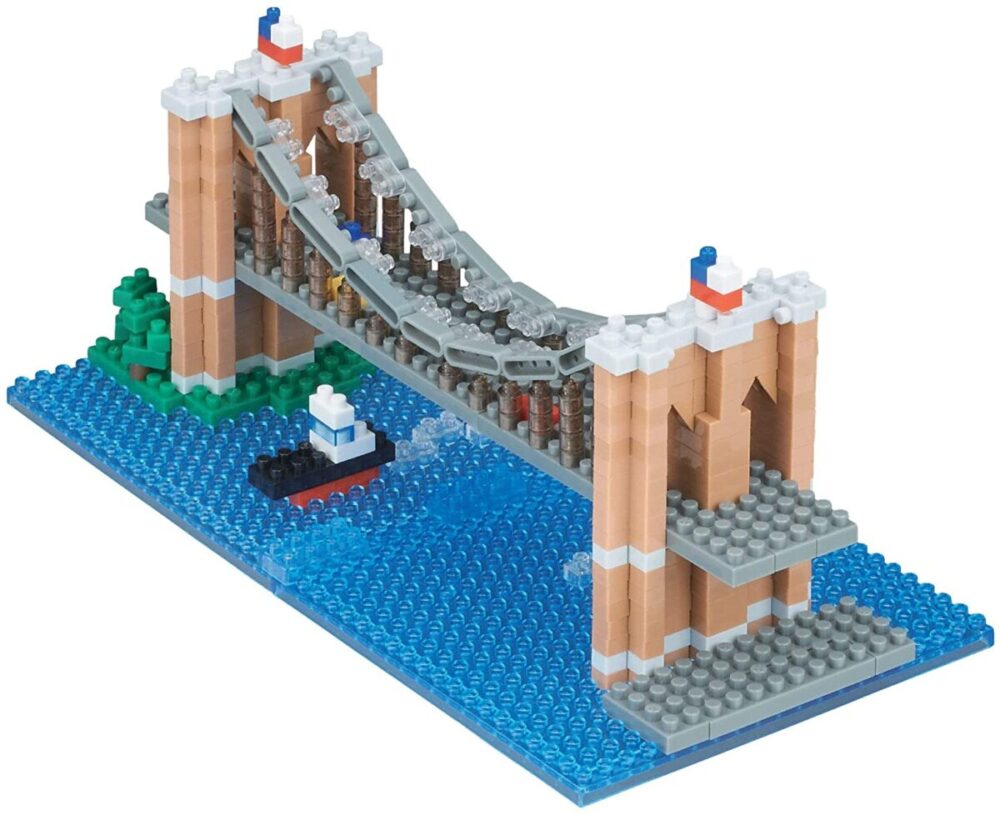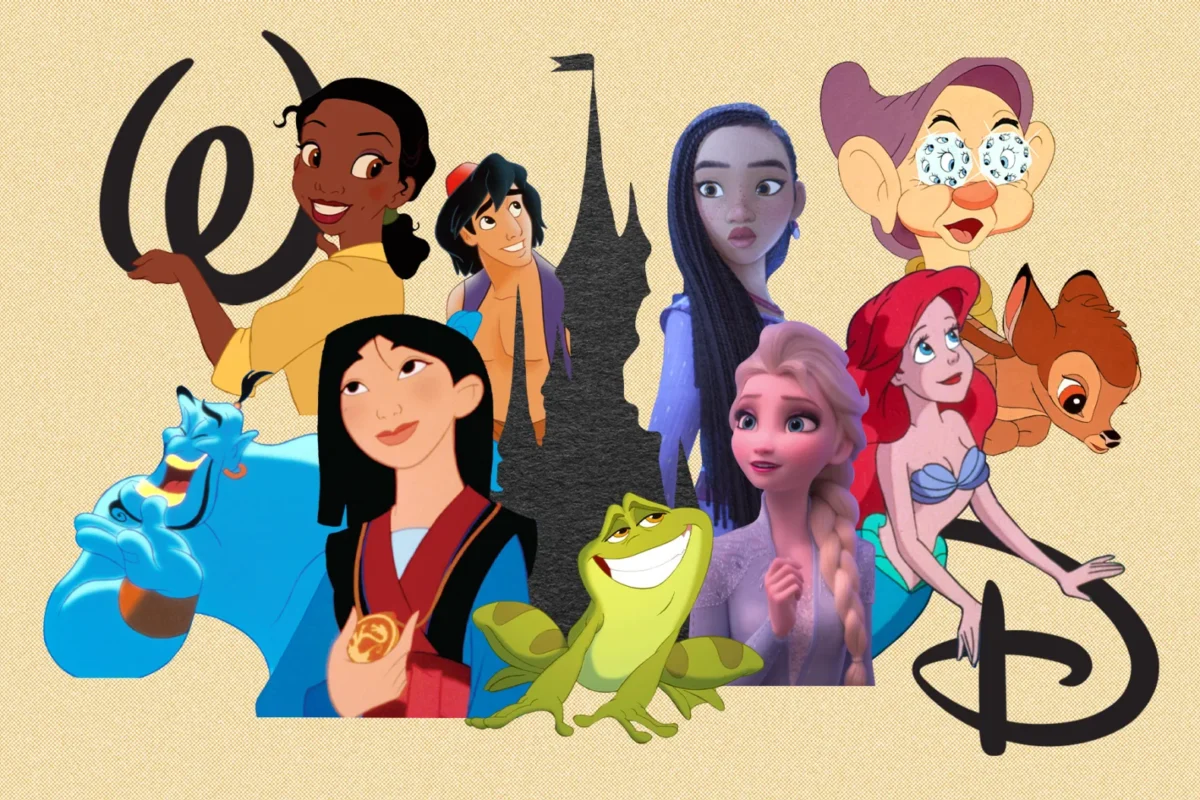Many think that using brick toys, such as LEGO, is suitable only for kid’s development. However, brick toys are best for adults when it comes to their emotional well-being. Most children in well-developed countries have plenty of access to toys. But some of them may lack one crucial person to play with: their parents. There have been some studies where 17% of kids across nine countries (Russia, Denmark, Mexico, Germany, France, the UK, the US, China, and Saudi Arabia report that they feel like they don’t have time to play anymore. In the US, for example, this trend is rising where 22% of kids feel like they don’t have time to play.
It’s not just the kids, the parents as well. They feel the crunch too, where 32% admit that they lack time to play with their children. But the play is just as crucial because certain kinds of the game are vital for children’s social, emotional, and cognitive development. However, from LEGO’s perspective, children learn through play, and there is a sweet spot when a parent or caregiver is paying attention and responds to a child. LEGO’s representatives also mention that play is fundamental to the parents’ happiness because they feel more relaxed, energized, and creative.

Play is Serious Business
Paul said to the Corinthians, “When I became a man, I put away childish things”, however, two thousand years after, many adults are getting them out again. Play can bring parents closer to children, but the primary audience for brick toys such as LEGO is adults, regardless of whether they have children. One of the most significant advantages for Europe’s biggest toy producer is, of course, products that have mechanical models, which are for adults that are looking for a fun, engaging way to reconnect with their creative part.
LEGO is also helping out with the nostalgia side of adults through their Star Wars Millennium Falcon models. Besides, many LEGO toys promise improvements in cognitive skills and allow adults to practice mindfulness. For many, playing with bricks is a reaction to modern adult life and relief from stress. Lego bricks offer the possibility of purposeless, pressure-free creativity.
For example, hobbies like baking and painting, even if they have their way of creating mindfulness for adults, can also be shadowed by worrying that the results feel displeasing. Play is, just as David Hockney said, is profound. Playing is essential, just like any basic human need, whether it involves a piece of plastic or simply the attitude people bring to their lives.
The Fanbase of Brick Toys
On this part, we will continue with LEGO still because the popularity of their brick toys in adults also has led to a fanbase of brick toys, or in other words, AFOL (an adult fan of LEGO). Nathan Sawaya is an example of AFOL because he used to be a lawyer… Now, he is a LEGO artist. His affection towards LEGO goes since he was a child because when he was around the age of ten, he asked his parents for a dog, which they denied. The response to their refusal was that Natan had torn down his sprawling LEGO city and had built his very own life-size dog.
Sawaya is also a member of a global network of collectors, master builders, crafters, and confessed brick addicts. Chiara Biscontin is a junior model designer at LEGO, and she adds that physical LEGO, with the bricks at its core, is timeless. She studied product design and engineering at The University of Glasgow and Glasgow School of Art, and in 2016 she landed her dream job. She says that “if you have bricks on the table, you will automatically fidget with them, and when you have more, you will automatically start creating something, it doesn’t matter if you are an adult or a child”.
The AFOL community started with humble beginnings and has flourished online. It has its wiki, subreddit, and in the UK is an online club for adult LEGO fans that hosts regular real-world meetups. The AFOL theme is repeated countlessly around the world. Sarah Herman is the author of Extreme Bricks: Spectacular, Record-Breaking, and Astounding LEGO Projects from around the world, and she mentioned that “The LEGO community has proved itself an essential component of the wider LEGO machine”.
LEGO fans also have created a range of unique building techniques for those who wish to go off-piste. For example, there is a SNOT technique (studs not on top), where LEGO elements are placed on their sides or upside down to craft multi-dimensional structures. “Illegal” building is another technique. Many “purist” builders (those that adopt a more traditional approach) often frown upon this technique because it bypasses conventional methods.

Nanoblock: LEGO’s Competitor
Nanoblock is an “original micro-sized building block”, which originates from Japan.
Nanoblocks have the same feel as LEGO blocks. They are made of hard, shiny plastic, just like LEGOs. Nanoblocks also have a top peg design, which is similar to LEGO bricks. However, there are differences. Nanoblocks are tiny, and the smallest nanoblock is only 4mmx4mmx5mm. They are so little that the best advice not to lose the bricks is to toss them into a bowl instead of a table.
Another difference between Nanoblock and LEGO is that the bottom design is different, which means that nanoblock bricks do not fit together as perfectly as LEGO bricks. This is not a huge deal. However, you still have to do a little tweaking to make sure everything is lined up correctly. Also, nanoblock bricks are not compatible with LEGO bricks. Like LEGO, nanoblock has instructions with step-by-step pictures and little text. Besides, nanoblock also has products where the building process can take a couple of hours up to two days. Such an example is the Castle Neuschwanstein model. Besides, even though the building process can take hours, there is nothing complicated about it, and it can be relaxing and fun. If you lose a brick piece, you can find a replacement because the sets come with extra bricks.
Of course, more other nanoblock models range from anime characters to animals, such as pandas. Like LEGO, nanoblocks can be purchased from specific nanoblock shops, such as minijapanshop.eu, or can also be found around toy shops. Because it comes from Japan, nanoblocks are found everywhere, just like LEGO is found everywhere in Denmark.
Like LEGO, nanoblock kits are fun and are a cool alternative to any LEGO fan looking to build with something different. Besides, the fanbase of Nanoblock is relatively smaller than the one from LEGO, but there is one person, Christopher Tan, who is a full-time Nanoblock artist. His work is mostly displayed online, and he also leads a design agency and even manufactures bricks. Christopher has also participated in a TEDxTalk where he said that Lego was a designer for playability, which means that you can build something, and then you play with it. Nanoblock, on the other hand, is like pixel art in 3D, where you make something, and then you put it aside for display.





